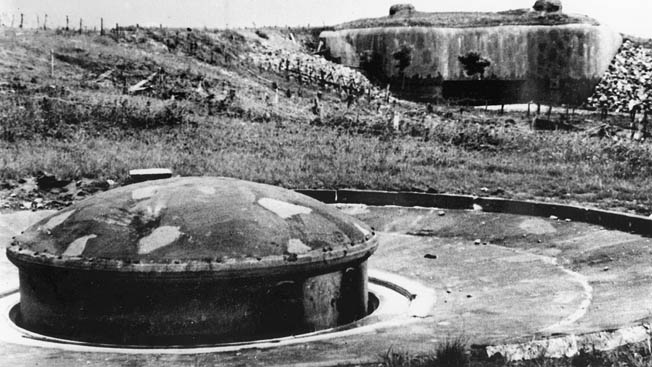I, uh, have no idea how to interpret that.
[edit]
But here's the outline of how I think the standard tank obstacle should get developed. We'd need a tank officer (to know what kinds of things tanks run into) and an engineering officer (to know how to build them cheaply, so we can test tanks on them).
Flat ground:
Mud
Shell holes
rubble
include fallen trees, low walls, tree stumps, etc
Slopes (both up and down)
Mud
sand/scree/gravel
(small) Trenches and streams
(larger) trenches and rivers
Ideally, has a list of escalating obstacles, so we'll have some idea of what we can do now, vs what we want to aim for later.
We'll also hopefully find out what sort of 'extra stuff' a tank could carry around to enhance it's ability of ability to get unstuck (i.e. why you see tanks with logs strapped to the side).
Bonus points:
when we run the tests, have an engineer handy so we'll know what kind of stuff stops tanks best, so the engineer can write a manual on building tank traps for out engineers or infantry.
-----------------------------
Added to endurance runs
Rope in several officer cadets (or similarly low ranked but literate people (rem: most testing seems to be done with drooling conscripts)). Have a truck full of tools, log, gravel, or anything else that a tank might find handy following them.
When the tank breaks down:
description of the breakdown/circumstances of getting stuck
have crew describe what led to breakdown
(IRL, many tank detrackings are simply human error on the drivers part, and this is in the US Army. With most of our test crews not really being trained, I'd say something like 50% of our detrackings are simply driver error. This should point very strongly towards needing actual crew training)
What tools were used to fix the breakdown?
Were any of the extra things from the truck (tools, logs, whatever) also used.
(this should start to tell us what tools and stuff are needed to carry on the tank, what needs to go on a recovery vehicle, and so on)
Collect and broken bits for later inspection (what part failed, how did it fail, etc) (we want to improve things like track design, so seeing how our current tracks break, with plenty of writeups and borken samples will help),
Bonus points:
replace officer cadet with trained mechanic, who'll keep track of the specifics of how the tank got fixed. Both for later standardized training, and to ID any useful repair tricks or bits of design excellence.




